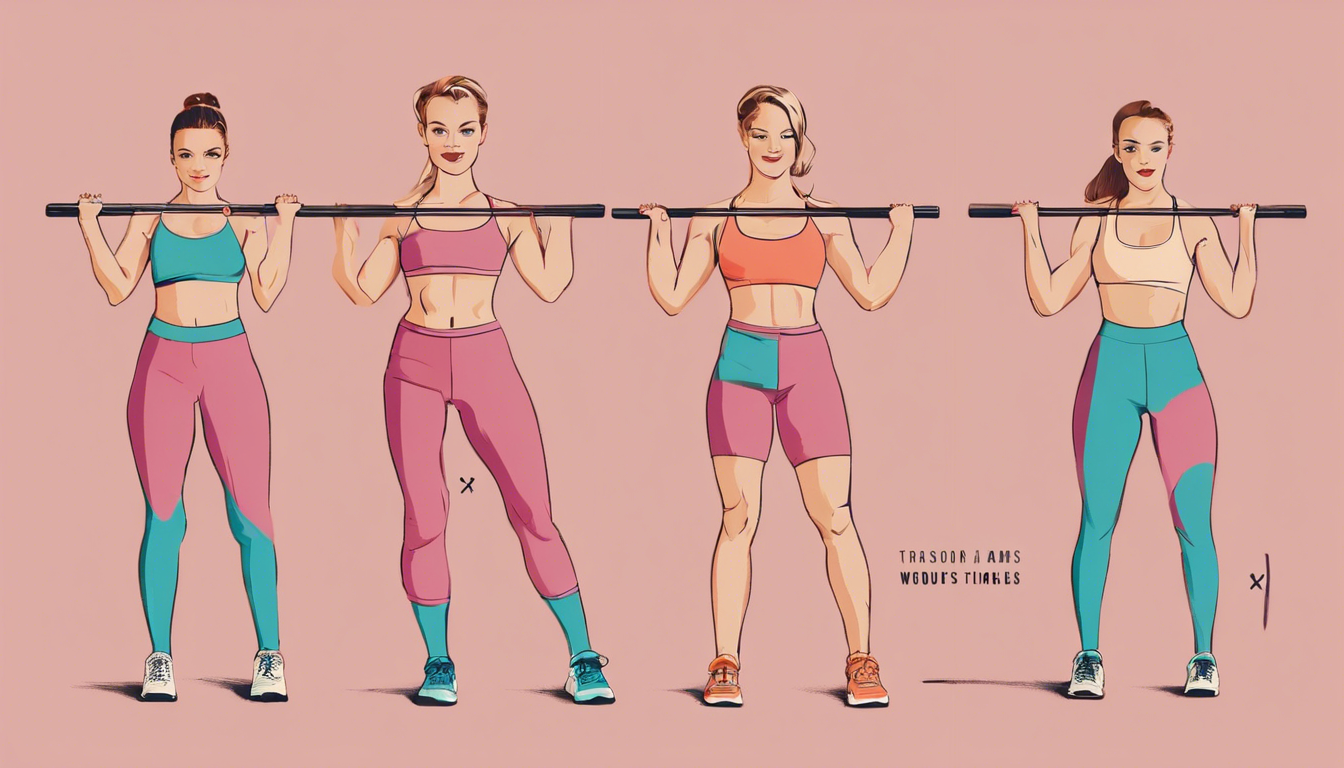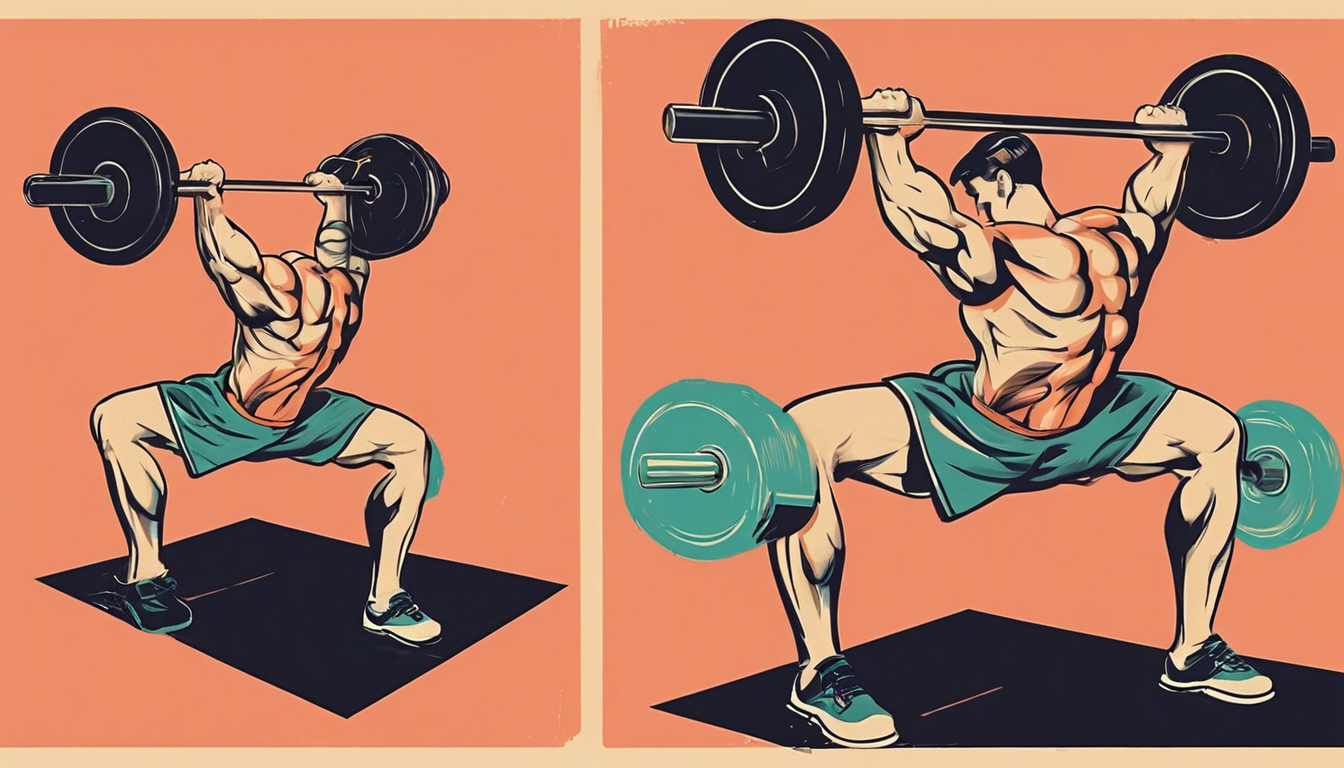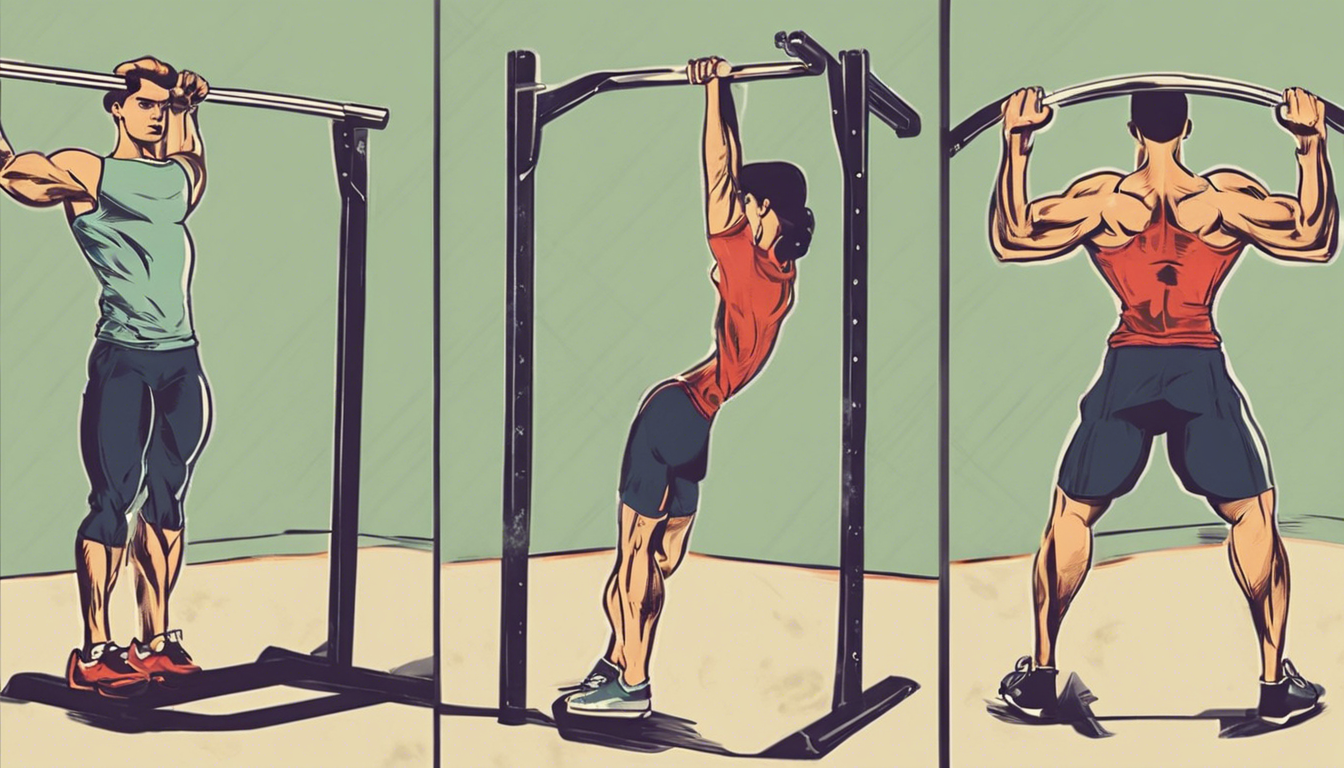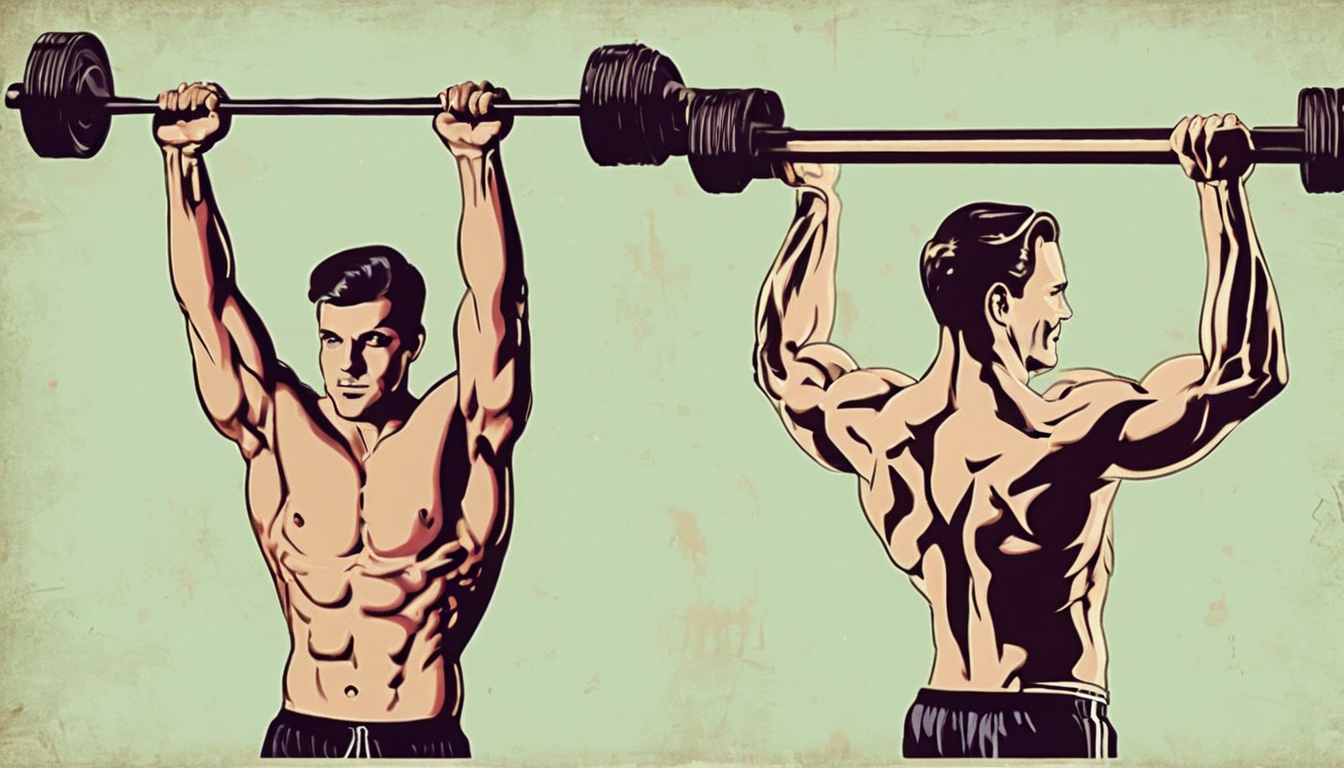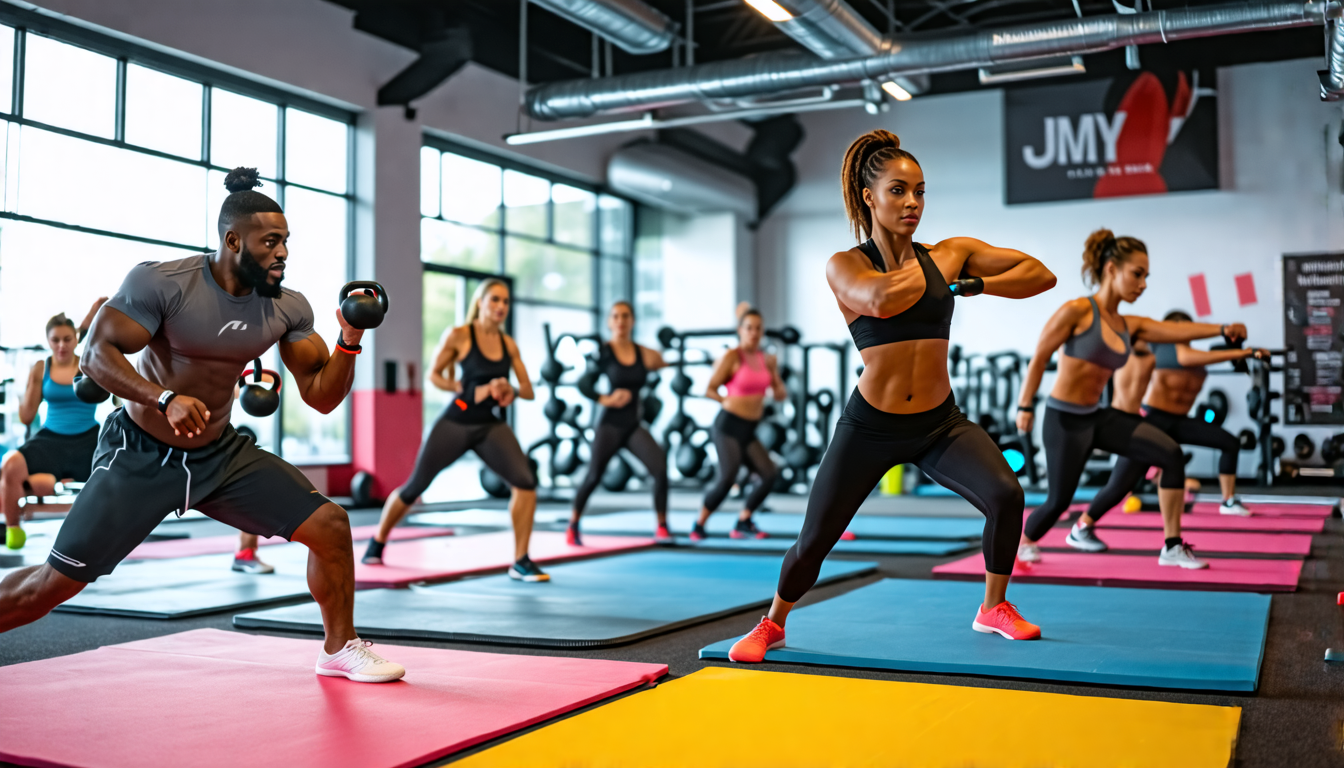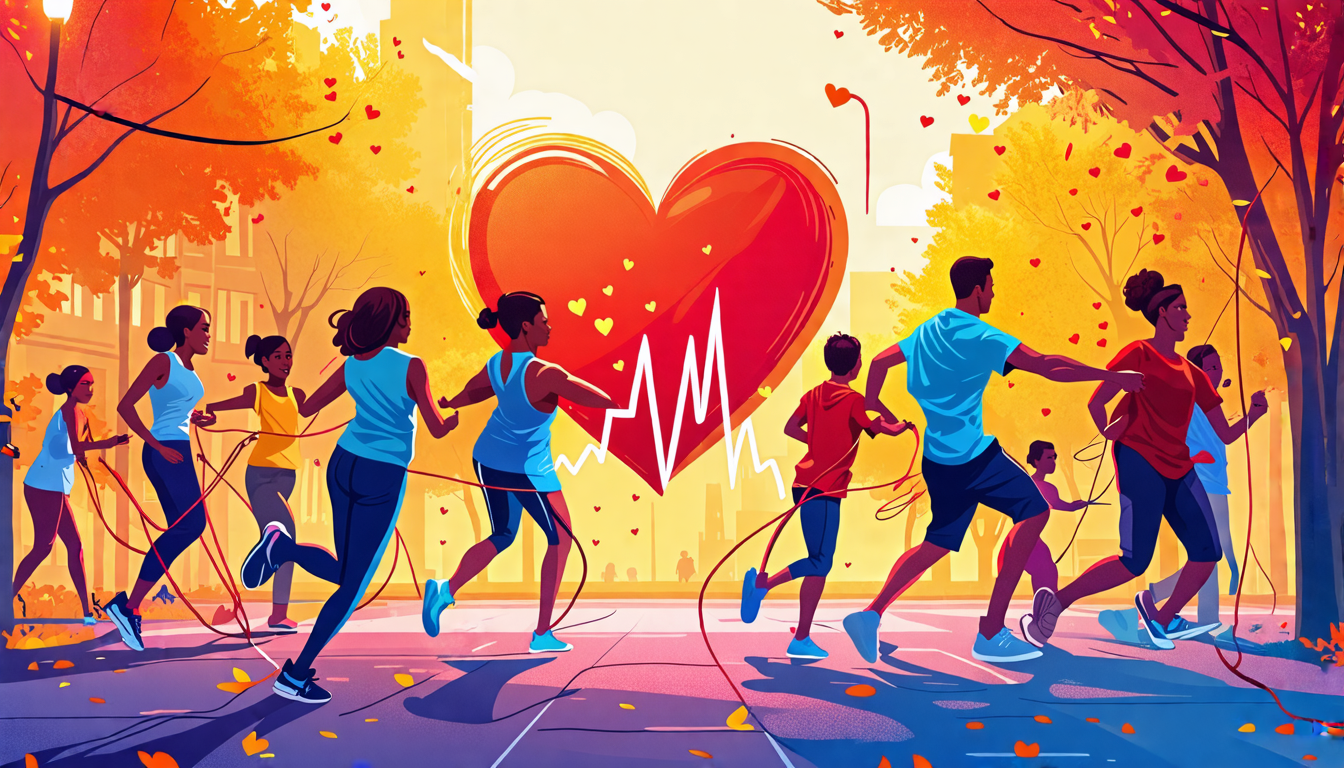
Stay Active & Connected: Your Guide to Community Programs for Senior Fitness
Maintaining physical activity and social connection is crucial for a vibrant and healthy life in your later years. Community Programs for Senior Fitness offer a safe, supportive, and often affordable solution to help you stay active, healthy, and engaged with your peers.
Why Community Programs for Senior Fitness Are Essential for Healthy Aging
These programs are designed to address the unique needs of older adults, providing benefits that go far beyond the physical.
More Than Just Exercise: The Holistic Benefits
- Improved Physical Health: Enhance strength, balance, and mobility, which are key to reducing the risk of falls.
- Mental and Cognitive Boost: Regular activity is proven to improve mood, reduce stress, and support cognitive function.
- Social Connection: Combat loneliness and isolation by building meaningful relationships in a group setting.
- Accountability and Motivation: The group environment provides encouragement, making it easier to stick with a routine.
Addressing Common Pain Points for Seniors Seeking Fitness
- “I’m worried about getting injured.” Programs feature modified, low-impact exercises tailored for older bodies.
- “It’s too expensive.” Community-based options are often low-cost, donation-based, or even free.
- “I don’t know what’s safe for me to do.” Classes are led by trained instructors who understand the needs of seniors.
- “I feel self-conscious.” Enjoy a non-judgmental, supportive atmosphere where everyone is there to improve together.
A Tour of Common Community Programs for Senior Fitness
There is a wide variety of programs available, ensuring there’s something for every interest and ability level.
Land-Based Favorites
- Chair Yoga and Seated Strength Training: Perfect for those with limited mobility or who prefer seated exercises.
- Low-Impact Aerobics and Dance: Such as Zumba Gold, which provides a fun cardio workout without stressing the joints.
- Tai Chi and Fall Prevention Workshops: Focus on slow, deliberate movements to improve balance and coordination.
- Walking Clubs: A social way to get steps in, often hosted at malls or local parks.
Water-Based Workouts
- Aqua Aerobics and Water Walking: The buoyancy of water supports joints, making it ideal for those with arthritis or pain.
Something You Might Not Know: “SilverSneakers” and Similar National Initiatives
Unique Insight: Many seniors are eligible for fully paid fitness memberships through their Medicare Advantage or other supplemental plans. Programs like SilverSneakers, Silver&Fit, and Renew Active provide free access to thousands of gyms and community fitness classes nationwide. This is a massively underutilized benefit—check your plan details or contact your insurance provider to see if you qualify.
How to Choose the Right Community Program for Senior Fitness
Finding the perfect fit is key to enjoying and sticking with a program.
Key Questions to Ask Before You Join
- What are the instructor’s qualifications and experience with older adults?
- Is a free trial class or a drop-in rate available?
- What is the typical class size and overall atmosphere?
- Are there programs tailored to specific health conditions (e.g., post-physical therapy, osteoporosis, Parkinson’s)?
Where to Find These Programs in Your Area
- Local Senior Centers
- City and County Parks & Recreation Departments
- YMCA/YWCA Locations
- Area Agencies on Aging
- Local Hospitals and Public Libraries (they often host or have information on programs)
Community Programs vs. Gym Membership vs. At-Home Workouts
Understanding the pros and cons of each option can help you make the best choice for your lifestyle.
| Option | Pros | Cons |
|---|---|---|
| Community Programs | Social motivation, professional guidance, structured routine, age-specific. | Fixed schedule, may require travel. |
| Gym Membership | Flexible hours, wide variety of equipment. | Can be intimidating, less age-specific instruction, often higher cost. |
| At-Home Workouts | Ultimate convenience and flexibility, no travel cost. | Requires high self-motivation, risk of improper form, no social interaction. |
Frequently Asked Questions About Community Programs for Senior Fitness
I have a chronic health condition. Can I still participate?
Answer: Yes, in most cases. These programs are designed for all ability levels, and instructors can provide modifications. It is always recommended to consult with your doctor before starting any new exercise regimen and to inform the instructor of any limitations.
What should I wear and bring to my first class?
Answer: Wear comfortable, breathable clothing and supportive, non-slip shoes. Bring a water bottle to stay hydrated and a small towel if you like. Most importantly, bring a positive attitude!
Are these programs only for very active seniors?
Answer: Absolutely not. They are for everyone, regardless of your current fitness level. The goal is to help you become more active safely and at your own pace within a supportive community.
How much does it typically cost?
Answer: Costs can range from free (often at senior centers or through programs like SilverSneakers) to a modest fee for classes through parks and recreation departments. Always inquire about scholarships or sliding-scale fees if cost is a concern.
Take the First Step Toward a Healthier You
Your journey to improved health and connection is just a class away. We encourage you to research one local Community Program for Senior Fitness this week and try it out. Investing in your health is an investment in a more independent, joyful, and vibrant life.
